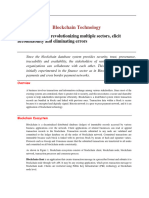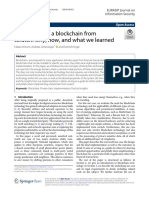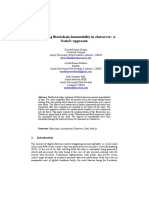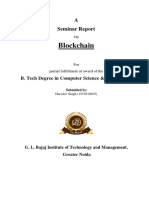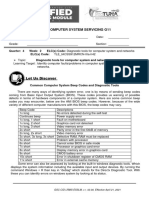0% found this document useful (0 votes)
54 views57 pagesModule 1 - Foundations of Blockchain
The document outlines the BCSE324L course on Foundations of Blockchain Technology, focusing on the building blocks of blockchain, distributed ledger technology, and smart contracts. It includes objectives, outcomes, a detailed syllabus, and challenges associated with blockchain implementation. Additionally, it discusses various consensus mechanisms, including Practical Byzantine Fault Tolerance and Proof of Work, along with their advantages and disadvantages.
Uploaded by
prashantkumar16021602Copyright
© © All Rights Reserved
We take content rights seriously. If you suspect this is your content, claim it here.
Available Formats
Download as PDF, TXT or read online on Scribd
0% found this document useful (0 votes)
54 views57 pagesModule 1 - Foundations of Blockchain
The document outlines the BCSE324L course on Foundations of Blockchain Technology, focusing on the building blocks of blockchain, distributed ledger technology, and smart contracts. It includes objectives, outcomes, a detailed syllabus, and challenges associated with blockchain implementation. Additionally, it discusses various consensus mechanisms, including Practical Byzantine Fault Tolerance and Proof of Work, along with their advantages and disadvantages.
Uploaded by
prashantkumar16021602Copyright
© © All Rights Reserved
We take content rights seriously. If you suspect this is your content, claim it here.
Available Formats
Download as PDF, TXT or read online on Scribd
/ 57






